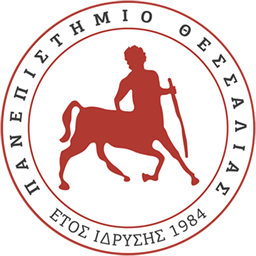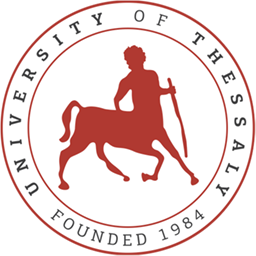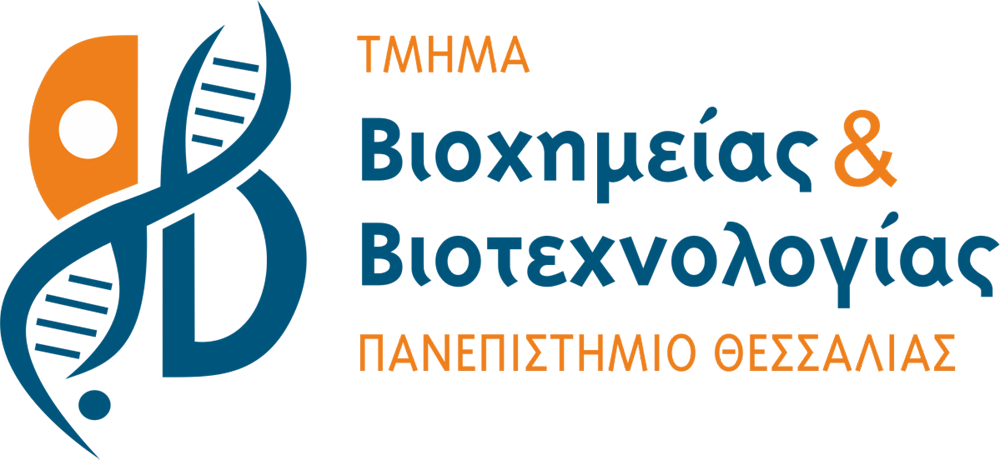Genetics
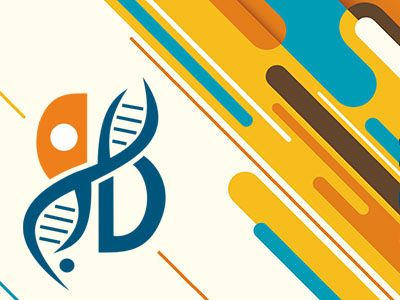
Theory: 3 hours/week | Tutorials: 2 hours/week | ECTS Units: 6
Content – Aim of the course
The modern science of genetics originated in 1866 when Gregor Mendel’s discoveries on the inheritance of characteristics in peas were published. Later on, the discovery of DNA as the genetic material in 1944 will trigger rapid advancements in the field of Genetics and profound achievements in Molecular Genetics. Nowadays, modern Genetics is a discipline present in a wide range of science study programmes, as the field of Biology studying the heritability, the diversity of living organisms and the evolution of species.
The course aims to a precise presentation of the basic ideas, principles and rules of heritability, incorporating wherever possible the recent scientific findings. It is designed to introduce students to the structure, organization and expression of genetic material and to provide them with the necessary background for the understanding of the molecular basis of biodiversity.
Analytical Description of the Course
- PRINCIPLES OF MENDELIAN GENETICS: Mendel’s experiments. The application of mendelian genetics in humans. Pedigree analysis. Introduction to genetic diseases.
- CHROMOSOME THEORY OF INHERITANCE: Mitosis, meiosis and inheritance of characters. Sex chromosomes and sex linkage.
- EXTENSIONS TO MENDELIAN ANALYSIS: Variations on alleles relations. Multiples alleles. Lethal genes. Several genes affecting the same character. Penetrance and expressivity. Phenocopies. The statistics in genetic analysis.
- THE ANALYSIS OF GENE LINKAGE: The discovery of linkage. Recombination. Linkage of genes on the X chromosome. Linkage maps. Three-point testcrosses. Interference. Meiotic segregation and recombination.
- LINKAGE MAPPING: Molecular markers. Linkage in human. Lod score calculation. Positional cloning.
- PHYSICAL MAPPING: Physical maps. Cytogenetic mapping. In situ fluorescent hybridization (FISH). Somatic cell hybrids. Physical map with genomic clones.
- HUMAN GENOME PROJECT: Aims of the project. Strategies for sequencing the human genome. Construction of the physical map. Chromosome walking. In silico annotation and databases. Protein coding genes. Gene density. RNA coding genes. Gene number and organism complexity. Genetic variation (single nucleotide polymorphisms SNPs, copy number variation).
- CHROMOSOMAL MUTATIONS: The topography of chromosomes. Types and changes in chromosome structure and number. Deletions, translocations, duplications, dicentric and acentric chromosomes. Abnormal euploidy, aneuploidy. X-inactivation.
- MUTATIONS: Somatic versus germ line mutations. Spontaneous and induced mutations. Molecular basis of mutations. Mutant phenotypes. In vitro mutagenesis. Mutations are random. Mutations selective systems. Ames test. Transposons and mechanisms of transposition. Trinucleotide repeats expansions. Repair mechanisms.
- MECHANISMS OF GENETIC RECOMBINATION: General homologous recombination. Holliday and Meselson-Radding models. Homologous recombination proteins. Gene conversion.
- EXTRANUCLEAR INHERITANCE: Mitochondrial and chloroplast genome. Mitochondrial DNA replication. Mitochondrial genetic code. The extranuclear inheritance. Polymorphisms of mitochondrial DNA.
- MULTIFACTORIAL INHERITANCE: Some basic statistical principles. Genotypic and phenotypic distribution. The heritability of a trait. Gene action. Relation coefficient. Estimation of heritability based on twin studies. Determination of genotypic contribution in multifactorial diseases.
- PRINCIPLES OF BACTERIAL AND VIRAL GENETICS: Bacteria as model organisms. Culture and selection markers. Bacterial and viral chromosomes. Plasmids. Bacterial conjugation. Discovery of the fertility factor F. Bacterial transformation. Recombination mapping. Phage genetics. Transduction.
Practicals
- ABO blood typing.
- Genomic DNA isolation.
- Polymerase chain reaction (PCR)
- Agarose gel preparation and electrophoresis.
- PCR-RFLP method for polymorphism identification. Digest of PCR products with restriction enzymes and analysis of restriction patterns.
- Analysis of Population Genetics results
- Structure of human chromosomes. Karyotype simulation.
- Statistic PC packages – Construction of Phylogenetic Trees.
Assessment
The degree examination for this course consists of a theory paper during the examination periods held twice a year.
Reading Suggestions
- Genes VII, Β. Lewin, 7th edition, Oxford University Press, 1999.
- An Introduction to Genetic Analysis, Griffiths A. J. F. et al., 7th edition, W H Freeman & Co, 2000.
- Principles of Population Genetics, Hartl D. L and Clark A. G., 3rd edition, Sinauer Assoc., 1997.
Teaching Material / E-class
Lecturers

Zissis Mamuris (Course Coordinator)
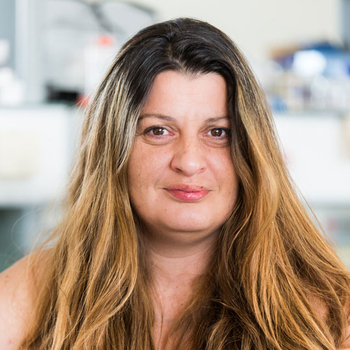
Theologia Sarafidou

